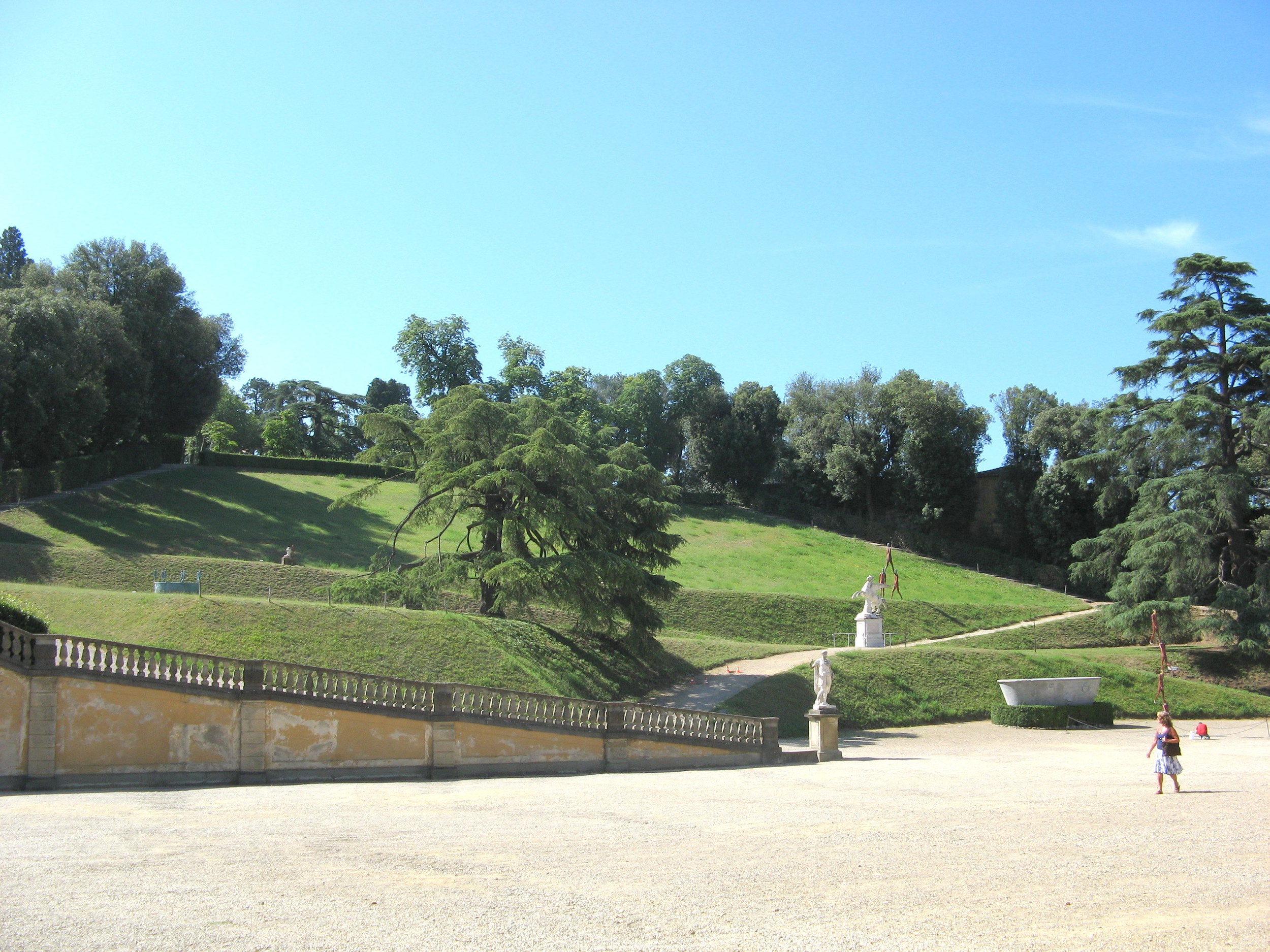Ah, the Renaissance. A rebirth. The end of the Dark Ages. Leaps forward in art, science, thinking, and learning
Since Florence was the epicenter of the Italian Renaissance, it's easy to think of it as a bastion of optimistic progress.
So it might be a little surprising to know that in 1494, when the Renaissance had been going on for quite a while, a man named Girolamo Savonarola came to power and literally set fire to the things he considered amoral, including Renaissance works.
 To the right is a painting of Savonarola, who was born in Ferrara, Italy in 1452. I don't think we'll be seeing him featured on Bangable Dudes in History any time soon. That's ok, though, because he was a Dominican Friar and kind of a wet blanket, unless you're really into morality or, perhaps, if you're a pyromaniac.
To the right is a painting of Savonarola, who was born in Ferrara, Italy in 1452. I don't think we'll be seeing him featured on Bangable Dudes in History any time soon. That's ok, though, because he was a Dominican Friar and kind of a wet blanket, unless you're really into morality or, perhaps, if you're a pyromaniac.
I must admit, though, I do find him pretty fascinating. So what's his deal?
Savonarola vehemently opposed moral corruption, especially within the aristocracy and clergy. He developed a fiery preaching style to disseminate his message, which was well received by the Florentine public. They gathered in crowds to hear him rail against sinfulness and vice. He claimed to have received messages directly from God and said,
The sword of the Lord will descend on the earth swiftly and soon.
Even Lorenzo the Magnificent, a Medici and Grand Duke of Florence, respected Savonarola despite being one of the monk's targets. There's a story that Lorenzo, on his deathbed, called on Savonarola to administer the last rites. Apparently Savonarola would only do it if Lorenzo handed his power over to Savonarola. Lorenzo refused and, therefore, Savonarola would not administer the rites.
I haven't found any real evidence that this story is true. I'm skeptical. I think the story itself, especially if it's not true, is an interesting example of the complexity of Savonarola's place in history. Was he a power-hungry fanatic or was he a reformer in a time of corruption?

After Lorenzo died in 1492, his son Piero took power and swiftly earned the nickname "The Unfortunate." The Medici family, you see, ruled the Tuscany starting in 1434 with Cosimo de' Medici. Poor Piero lost Florence and Tuscany when he failed to stop King Charles VIII of France from invading in 1494. He and his family were exiled.
For Savonarola, Piero's failures were a great opportunity. After the French left Florence, Savonarola became a leader of the new Florentine republic that would follow God's law under his watch. He clamped down on vices by enacting sumptuary laws and prohibiting gambling.
His group of followers, called the Weepers, saw him as a prophet and supported his fight against materialism and sin. One of his most famous devotees was Renaissance superstar, Botticelli.
Jonathan Jones wrote a great article in the Guardian entitled "The sword in the sky." He details Savonarola's influence on Botticelli and he also suggests people followed Savonarola because he gave them a "way of making sense of some of the most shocking, brutal changes anyone remembered." He goes on to say,
Governments were falling, empires crumbling, Italy was one vast battlefield. Savonarola not only explained all this, but made it possible to see some glimmer of hope - it was all a divine plan in which Florence would play a special part in reforming the Christian world.
So while Savonarola was not without detractors, he masterfully used the social and political climate to his benefit.
All of this culminated in the Bonfire of the Vanities. On February 7th, 1497, Mardi Gras, Savonarola held a public collection of anything related to vice or sin, like mirrors, cosmetics, certain books, paintings, cards, ostentatious clothing, and jewelry. He then held a massive bonfire and burned it all. Some sources say Botticelli himself threw some of his paintings into the fire.
One might think that someone like the Pope would be a-ok with this kind of faith-based rule. Nope. Savonarola, remember, was against corruption in the clergy and this included the Pope.
Pope Alexander VI was a Borgia, Rodrigo Borgia to be exact. Their lot was known not just for being power-hungry, but also for a number of nefarious acts and scandals: murders, affairs, orgies, intrigue, and, as you will soon see, torture.
Needless to say, the Pope and Savonarola were not buddies by any stretch of the imagination. The Pope saw Savonarola as a threat and accused him of heresy. On May 13, 1497, Pope Alexander VI formally excommunicated him.
To make matters worse, Savonarola was already starting to lose hold in Florence. People began to revolt against the sumptuary laws and bonfires when they did not see any resulting benefit for themselves or the city.
Eventually, Savonarola and two other Dominican friars, Fra Silvestro and Fra Domenico da Pescia, were captured and charged with "religious errors," heresy, sedition, and false prophecies. Pope Alexander VI had the three men tortured.
Finally, on May 23, 1498, they met a horrifying end together. They were hanged and burned in Florence's Piazza della Signoria--where the Bonfire of the Vanities took place. There's still a plaque marking the spot in the Piazza today. Their ashes were thrown into the Arno, next to the Ponte Vecchio. [More info on Wikipedia]

In a strange twist of events, the Medici family regained power in Tuscany during the 16th century. Ferdinando I de' Medici became the Grand Duke of Tuscany in 1587. He sought to be a more gentle, tolerant leader. He, for example, penned an edict supporting greater tolerance for Jews and heretics.
Ferdinando also got sick of the stench and pollution on the Ponte Vecchio, which was home to Florence’s butchers. He ordered them all out, banned them, and allowed goldsmiths and jewelers set up shops in their place.
How is that for an extraordinary juxtaposition? Nearly 100 years after Savonarola burned the sumptuous vanities of Florence, a more tolerant Medici helped turn the bridge next to Savonarola’s ashes into one of the most famous places in the world to shop for pretty, gilded trinkets, even today.
 Just as a quick note to end on, I read a historical fiction novel about Florence and Savonarola a few years ago called The Birth of Venus by Sarah Dunant. I remember feeling like the story was pretty far-fetched but being interested in the descriptions of Florence and Savonarola.
Just as a quick note to end on, I read a historical fiction novel about Florence and Savonarola a few years ago called The Birth of Venus by Sarah Dunant. I remember feeling like the story was pretty far-fetched but being interested in the descriptions of Florence and Savonarola.






























